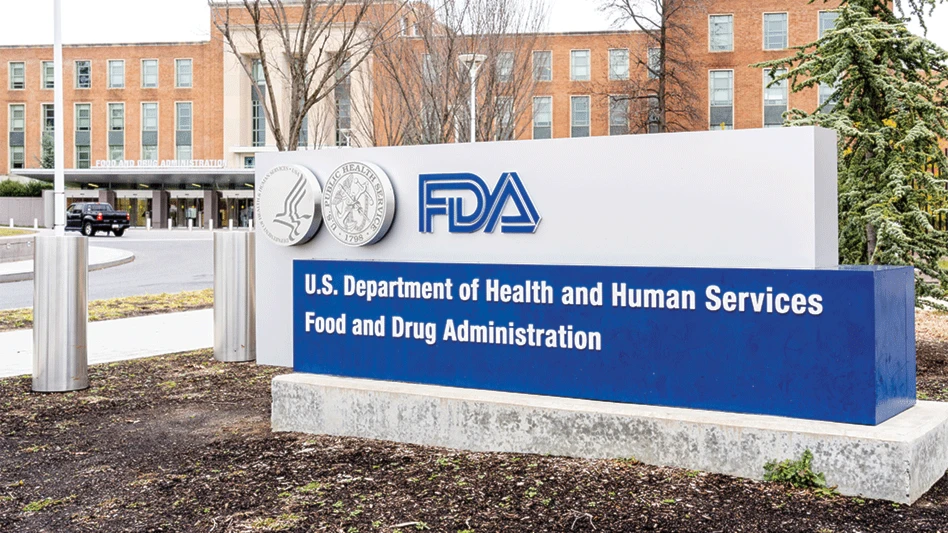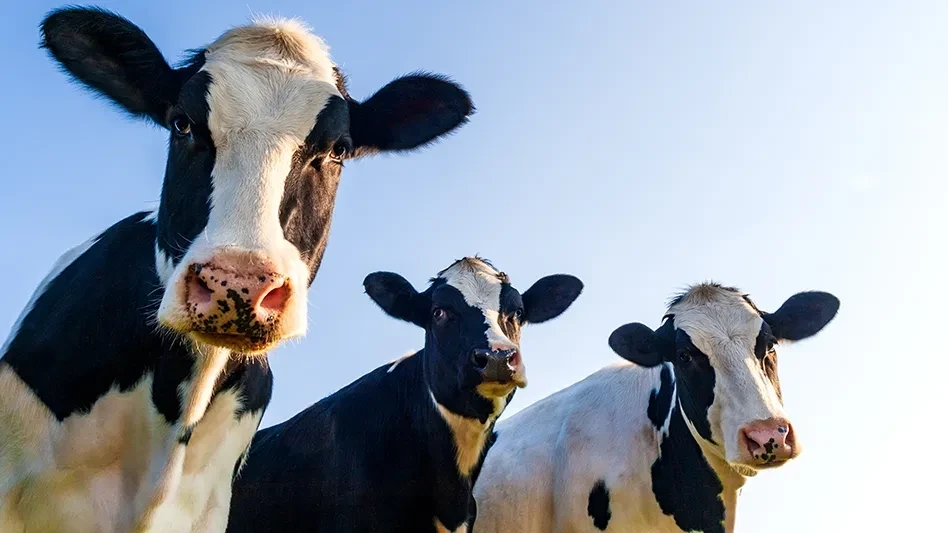
Editor's Note: Read our March/April 2024 cover story Q&A with Jim Jones, FDA's deputy commissioner for human foods.
SILVER SPRING, Md. — Last week, the U.S. Food and Drug Administration (FDA) published a final rule on agricultural water that represents an important step toward enhancing the safety of produce. The revised requirements are intended to enhance public health by improving the safety of water used in produce cultivation. The revisions are also designed to be practical across various agricultural water systems, uses, and practices, while remaining adaptable to future advancements in agricultural water quality science.
The final rule replaces certain pre-harvest agricultural water requirements for covered produce (other than sprouts) in the 2015 produce safety rule with requirements for systems-based agricultural water assessments to determine and guide appropriate measures to minimize potential risks associated with pre-harvest agricultural water. Specifically, this rule:
- Establishes requirements for agricultural water assessments that evaluate a variety of factors that are key determinants of contamination risks associated with pre-harvest agricultural water. This includes an evaluation of the water system, water use practices, crop characteristics, environmental conditions, potential impacts on water from adjacent and nearby land, and other relevant factors.
- Includes testing pre-harvest agricultural water as part of an assessment in certain circumstances.
- Requires farms to implement effective mitigation measures within specific timeframes based on findings from their assessments. Hazards related to certain activities associated with adjacent and nearby land uses are subject to expedited mitigation.
- Adds new options for mitigation measures, providing farms with additional flexibility in responding to findings from their pre-harvest agricultural water assessments.
Farms are required to conduct assessments of their pre-harvest agricultural water annually, and whenever a significant change occurs, to identify any conditions likely to introduce known or reasonably foreseeable hazards into or onto covered produce or food contact surfaces.
These revised requirements reflect recent science, findings from investigations of several produce-related outbreaks, and feedback from a variety of stakeholders on the agricultural water requirements in the Produce Safety Rule, which were previously published in 2015. These revisions will more comprehensively address a known route of microbial contamination that can lead to preventable foodborne illness.
The rule also finalizes the dates for compliance with the pre-harvest agricultural water requirements for non-sprout covered produce as follows:
- For very small farms: 2 years, 9 months after the effective date of the final rule
- For small farms: 1 year, 9 months after the effective date of the final rule
- For all other farms: 9 months after the effective date of the final rule
The rule does not alter existing requirements for agricultural water for sprouts, for which compliance dates have passed. It also does not alter existing requirements for harvest and post-harvest agricultural water activities. Additional information about compliance dates can be found on the FDA Proposes Compliance Date Extension for Pre-Harvest Agricultural Water Requirements webpage.
The agency is committed to taking an “educate before and while we regulate” approach to supporting compliance. Along with the rule, the FDA also released a number of fact sheets, including one that provides an overview of agriculture water assessments and mitigation measures, and another that offers more details on factors for conducting these assessments. These resources are available in Spanish. The FDA has also updated the Agriculture Water Assessment Builder. Additionally, the Agency is planning a webinar for all interested stakeholders. Registration information will be provided in a forthcoming announcement.
Importantly, the FDA will work closely with its state partners to implement these changes. The agency plans to work closely with state regulators, National Association of State Departments of Agriculture (NASDA), educators, and others, including the Produce Safety Alliance, to provide the necessary training to implement these changes to the agricultural water requirements.
Latest from Quality Assurance & Food Safety
- IDFA Presents Leadership Award to Six Federal Officials at Annual Celebration of Dairy Reception
- Seeding The Future Global Food System Challenge is Changing Lives: Winners Reflections
- Raw Farm Products Recalled Following Bird Flu Virus Detections
- FDA Issues 2024 Voluntary National Retail Food Regulatory Program Standards
- GSA Launches Assurances Platform, Prism and Webinar Series in Partnership with Wholechain
- Multistate E. coli Outbreak Linked to Iceberg and Romaine Lettuce Blend
- FDA, USDA Seek Information About Food Date Labeling
- William Marler, Food Safety Advocate and Lawyer, Condemns Lack of Safety of U.S. Food Supply





